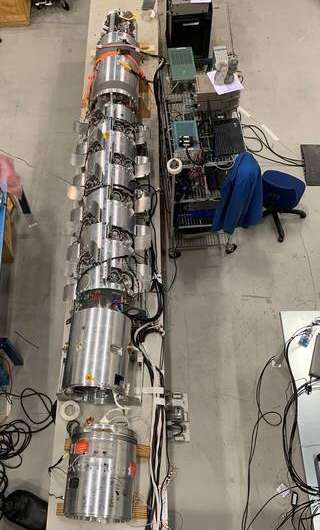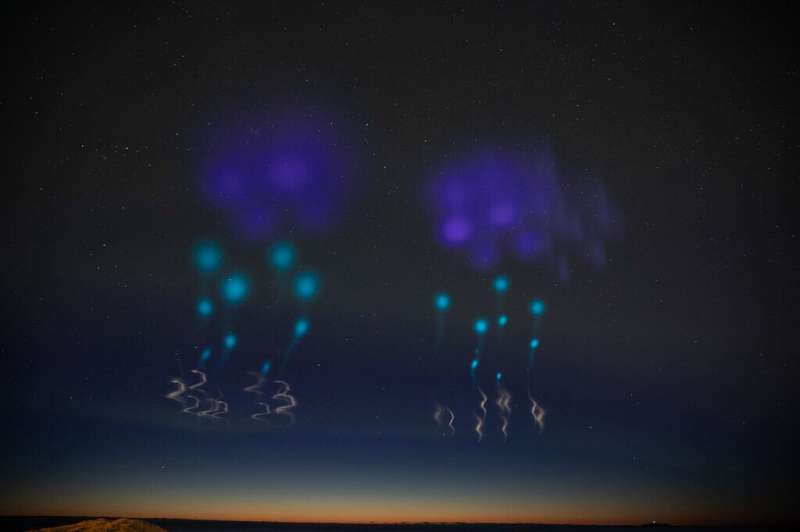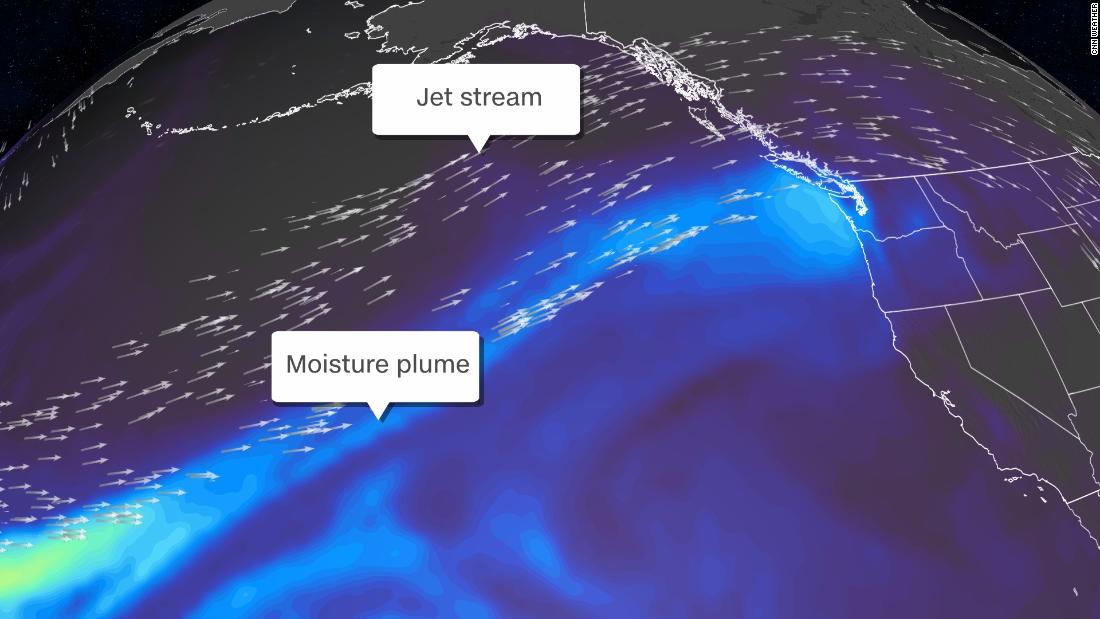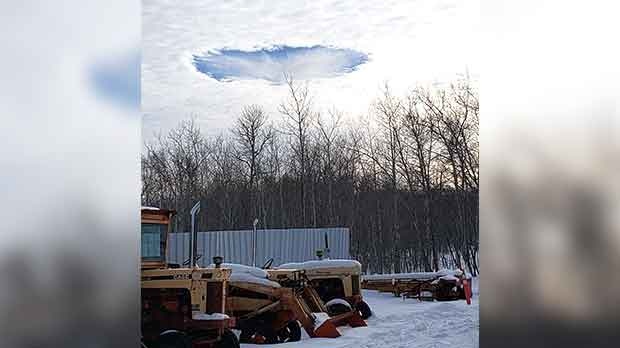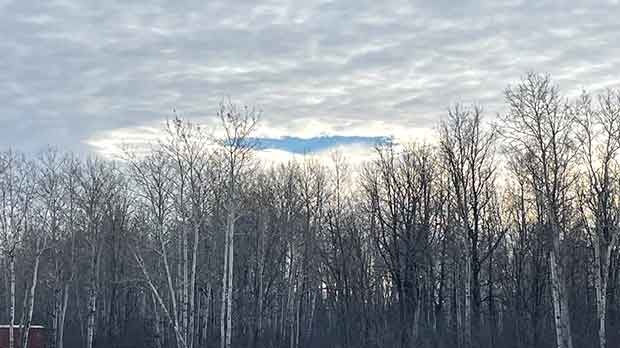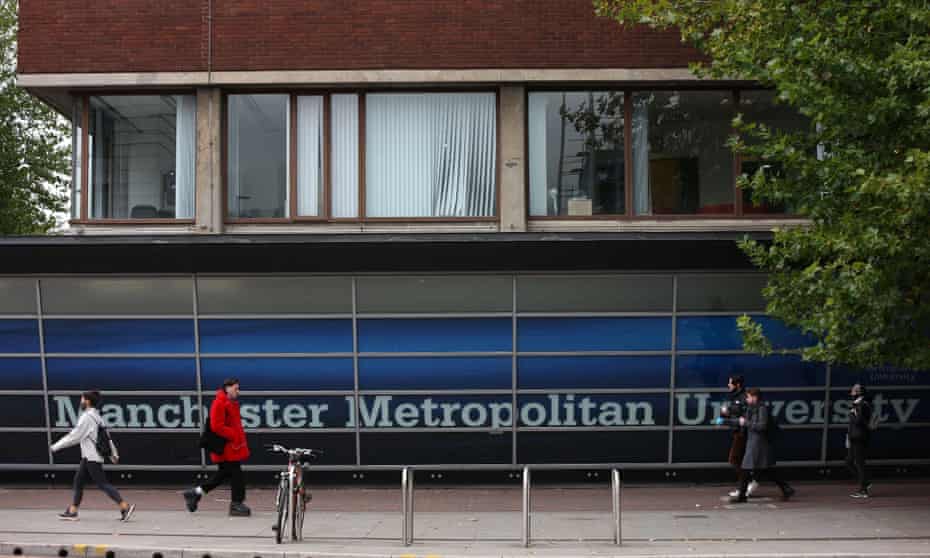'We use height and stack technology to be able to optimize output. And from that, we're able to reduce water consumption'
Author of the article: Stephanie Babych
Publishing date: Nov 29, 2021 •

Article content
A vertical farm that’s under construction in southeast Calgary has been selected as the first project to receive financial support from the Alberta government’s new investment and growth fund.
Advertisement
STORY CONTINUES BELOW
Ontario-based company GoodLeaf Farms is building its biggest indoor farm in Calgary’s southeast after receiving a $2.73-million grant from the provincial government to locate its next facility in Alberta. The money comes from the new $10-million Investment and Growth Fund, meant to attract companies to the province.
GoodLeaf Farms’ Calgary facility will be a 74,000-square-foot indoor farm within the city in the industrial area along 108 Avenue S.E., and will provide 70 full-time positions once it’s up and running.
The farm in Calgary will be the company’s first in western Canada after opening facilities in Nova Scotia and Ontario. The company uses vertical farming technology to produce leafy-green lettuce products year-round
“From the outside, it looks like a standard warehouse industrial space,” Jeff McKinnon, the senior vice-president of network development with GoodLeaf Farms, said at a press conference Monday.
“We use height and stack technology to be able to optimize output. And from that, we’re able to reduce water consumption.”
A vertical farm uses about 95 per cent less water than traditional agriculture and produces roughly 50 times the output capacity due to LED lighting, water management, airflow and automation, McKinnon explained.
“Our model is immune to weather events and weather patterns, which allows us to grow the safe and clean product in an indoor environment. And we’re able to eliminate the use of any chemicals,” he said.

McKinnon said the company considered a couple of other western provinces before landing on Alberta. They settled on Calgary because of the open market access to western Canada and the proximity of research institutions that can help improve their business model.
When asked by reporters, McKinnon said he wouldn’t disclose capital investment overall in the early stages of the project. He said the funding from the province is a “small component” to their capital cost.
Minister of Agriculture, Forestry and Rural Economic Development Nate Horner said GoodLeaf Farms’ facility will be an important step towards providing local alternatives in produce aisles.
“Alberta’s recovery plan is about getting people back to work, building infrastructure and diversifying the provincial economy,” said Horner. “We will be looking at the agri-food sector to help lead that recovery and growth, and this project contributes to our progress.”
Minister of Jobs, Economy and Innovation Doug Schweitzer said they’ve approved three other projects under the new fund that could attract up to $845.8 million in investment and bring nearly 2,000 new jobs to the province.
“We made sure to get the best possible strategies going forward for Alberta to diversify our economy, create jobs and create value for taxpayers,” said Schweitzer, though the other projects won’t be announced until they’re finalized.
The funds will be given to selected companies once they reach a number of milestones such as wage levels, size of the capital investment and jobs created.

GOODLEAF’S ARCHITECTURAL ILLUSTRATION OF ITS PLANNED CALGARY “VERTICAL FARM” (IMAGE: GOODLEAF FARMS).
Alberta Politics
DAVID CLIMENHAGA
POSTED ON NOVEMBER 30, 2021
Desperate times call for desperate measures, and Alberta’s United Conservative Government has been reduced to doing what market fundamentalists like Jason Kenney usually vow they’ll never contemplate: picking winners and losers.
Or, the way these things often seem to turn out, picking winners and discovering later that they’re actually losers.

Doug Schweitzer, the UCP’s minister of jobs and stuff (Photo: David J. Climenhaga).
The UCP announced yesterday it had picked a producer that promises to provide a peck of pea shoots and the like at an indoor farm in southeast Calgary. Many details are murky.
In addition to pea shoots, GoodLeaf Farms says it grows radishes, arugula, micro broccoli, baby spinach, and kale at its indoor farm in Guelph, Ont.
“The country’s largest commercial vertical farming company will build a 74,000-square-foot indoor farm in the city, after receiving a $2.73-million incentive to locate to Alberta,” the Kenney Government’s press release proudly proclaimed yesterday. “The company will create 50 jobs during construction and 70 permanent jobs upon start-up.”
The “incentive” to GoodLeaf comes out of a new “Investment and Growth Fund” set up by the government with a rather insignificant $10 million. The fund’s job, says the presser, will be “attracting well-established companies to Alberta.”
The brainiacs behind this effort to pick winners will find that $10 million won’t go very far to create jobs in the numbers the UCP is going to need to build up credibility with voters, but in the mean time they can spin up some optimistic press releases and give the impression of being busy.
Now, $2.73 million may seem like a lot to pay for 70 speculative, largely unskilled jobs that don’t actually exist yet in a business that may or may not be able to put down roots on the Prairies, but when you’re as anxious to prove you can create employment as Mr. Kenney and the UCP are, any old plan will probably do.
If it happens, the Calgary operation will more than double the size of the company’s current workforce, mostly in Ontario and Nova Scotia, judging from its corporate page on Linked-In. The company is privately held, so details about its revenue, operations, and relationships with sister companies are not particularly easy to come by.

Agriculture Minister Nate Horner (Photo: United Conservative Party Caucus).
But for sure it’s a better bet than the $1.3 billion Mr. Kenney sank into TC Energy, the former TransCanada Pipelines, to build that Keystone XL Pipeline to the Texas Gulf, the project U.S. President Joe Biden famously killed on his first day in office.
Readers may have thought the government was promising a lot more than 70 jobs. Indeed, the headline on the news release said, “Nearly 2,000 jobs created through investment in Alberta.” Turns out, however, that’s a rather speculative estimate based on four projects that will be financed by the investment fund, three of which will remain a secret until new press releases are approved. One might even say it’s fanciful.
“The Investment and Growth Fund helped to close this investment in a competitive global market,” Jobs Minister Doug Schweitzer bragged in yesterday’s news release.
Well, sort of. GoodLeaf said last February in a news release it would be using some of the $65 million McCain Foods Ltd. had invested in it to open an operation somewhere in Western Canada, which suggests its ambitions were more regional than planetary.
Naturally, yesterday’s news release also quoted Alberta’s new agriculture minister, Nate Horner, saying, in language that reminded me of my days as the Calgary Herald’s agriculture reporter back in the 1980s, “we will be looking to the agri-food sector to help lead Alberta’s economic recovery plan and spur growth, and this innovative project is a step in the right direction.”

NDP Economic Development Critic Deron Bilous (Photo: David J. Climenhaga).
That’ll be a tall order, even for an indoor food factory with some serious funding from McCain’s, if this is supposed to replace the jobs lost in the fossil fuel industry on Mr. Kenney’s watch.
Of course, this is not to say that the winner the UCP has picked will end up turning out like Newfoundland’s notorious hydroponic indoor cucumber grow-op in the 1980s – fondly remembered on the Rock as Premier Peckford’s Pickle Palace for the $13 million the province sank into the doomed operation dreamed up by the late Philip Sprung of Calgary.
But it will face some of the same competitive pressures as did the Mount Pearl pickle palace, which the CBC reported was undone when greenhouse-grown cukes from outside the province inundated the place and the expensive hydroponic cucumbers had to be sold off for half the cost of production. Cattle ended up eating the surplus.
As the Globe and Mail explained in its report on the McCain’s investment last spring, vertical farms compete with conventional horizontal ones, which are located outside in fields or in greenhouses, “where the awesome power of sunlight is free.”
What’s more, since some jurisdictions (no names) generate electricity principally from fossil fuels, this also increases the carbon footprint of vertical farms, the Globe added, noting that “water and fertilizer efficiencies touted by vertical farming enthusiasts are overstated … as are the savings from reduced transportation costs.”
On the other hand, GoodLeaf said in a news release yesterday that could produce fresh veggies locally in the winter, which might be an advantage if current supply-line problems persist. The company said it expects to produce more than a million pounds of leafy greens each year in Calgary.
Opposition NDP Economic Development Critic Deron Bilous observed yesterday that “it’s still not clear how the UCP’s new fund brought this company to Alberta, the application process, or how they were selected.”
“The government couldn’t even provide basic details such as how much capital investment or which other jurisdictions were being considered by the company,” he said.
“If the UCP was actually creating the right conditions to attract investment – or if their corporate tax cut was working as promised – this fund shouldn’t be needed. Based on today’s announcement, this looks like a slush fund for the UCP to give away more money to profitable corporations in backroom deals.”
The UCP needs to shine some light on how this fund works before they hand out any more cash, Mr. Bilous concluded.
